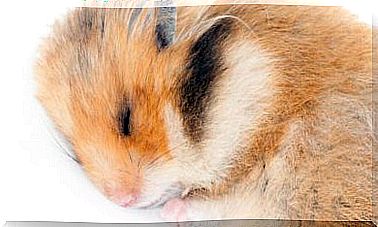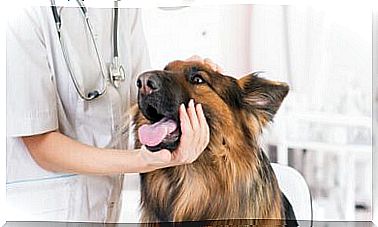Diabetes In Cats: Causes, Symptoms And Treatment
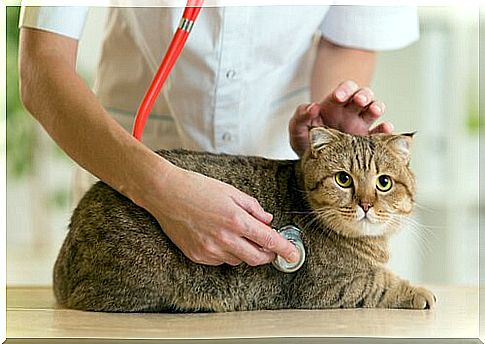
Diabetes is a disease that affects millions of people. It is characterized by the presence of high concentrations of glucose in the blood due to a defect in insulin production. A hormone responsible for transporting glucose into cells. In cats, the problem is also common.
An alarming number of cats are affected by the disease. The consequences of not detecting diabetes early are many. Among them, weight gain, vomiting, dehydration, severe depression, coma and even death. In this article we are going to present a series of data to keep our animal healthy.
Causes and Symptoms of Diabetes in Cats
Diabetes, a disease known in the medical community as diabetes mellitus , manifests itself in cats in a similar way to how it appears in people. We must pay special attention to the symptoms that our pet presents to treat them as soon as possible.
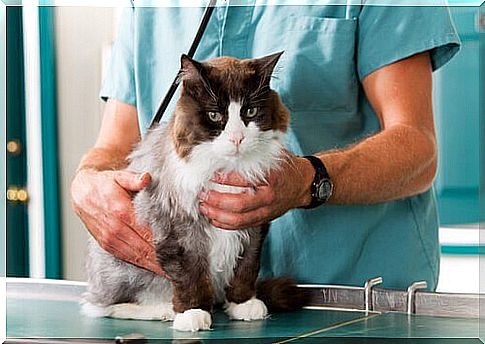
Here is a list that can help us know if our cat has diabetes:
- Increased thirst and urine production. These are the most common and visible symptoms.
- Weight loss or gain with polyphagia. Polyphagia is defined as the overwhelming and irrepressible feeling of hunger that occurs during certain illnesses.
- hair loss
- Cataracts, although this symptom occurs more often in dogs than in cats.
- Urinary tract infection
- Weakness
- Bad breath. This is a symptom derived from ketosis. This is a metabolic process caused by a carbohydrate deficit. Therefore, ketones and other compounds are released into the blood and urine.
All of these symptoms are derived from the animal’s inability to use glucose as an energy source. Therefore, we must keep in mind that diabetes in cats manifests itself especially after six years of life. In addition, males are more likely to suffer from the disease.
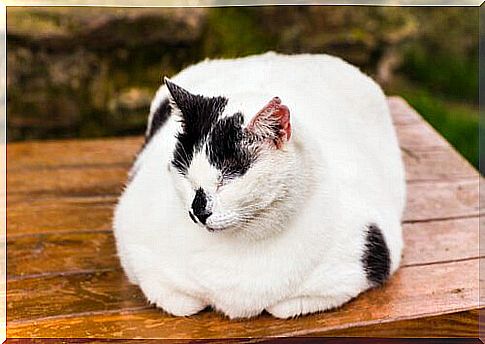
One of the main risk factors is obesity. This is because a cat or an obese person will tend to have more insulin in their blood than normal. Another risk factor is the existence of an endocrine disease, such as acromegaly. This is a condition caused by an excessive secretion of growth hormone.
Prevention and treatment
Diabetes is a treatable and preventable disease. However, if ignored, it can cause serious consequences or even lead to death. The most recent studies show that between 17 and 52% of cats are or have been obese. A sedentary lifestyle at home, along with an unbalanced diet, are often the main causes of this problem.
In the case of diabetes, prevention and treatment go hand in hand. A modification in a diabetic cat’s diet has been shown to lead to a readjustment of its insulin levels. Therefore, we can say that providing our cat with a balanced diet is the best way to prevent and control diabetes.
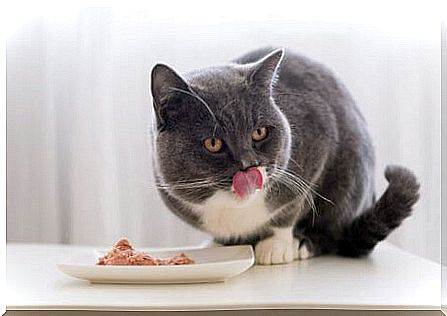
Of course, our veterinarian’s recommendations are essential for the treatment of diabetes. The most common form of treatment is the administration of long-acting insulin doses twice a day.
Two doses are recommended because feline metabolism is faster than human. Therefore, it is important to use a type of insulin aimed at animals and not the artificial one used by people.
The insulin used in animals is of bovine or porcine origin. However, cats respond unpredictably to an external supply of insulin. Therefore, the experience and recommendation of the veterinarian will be essential for the proper development of the treatment.



